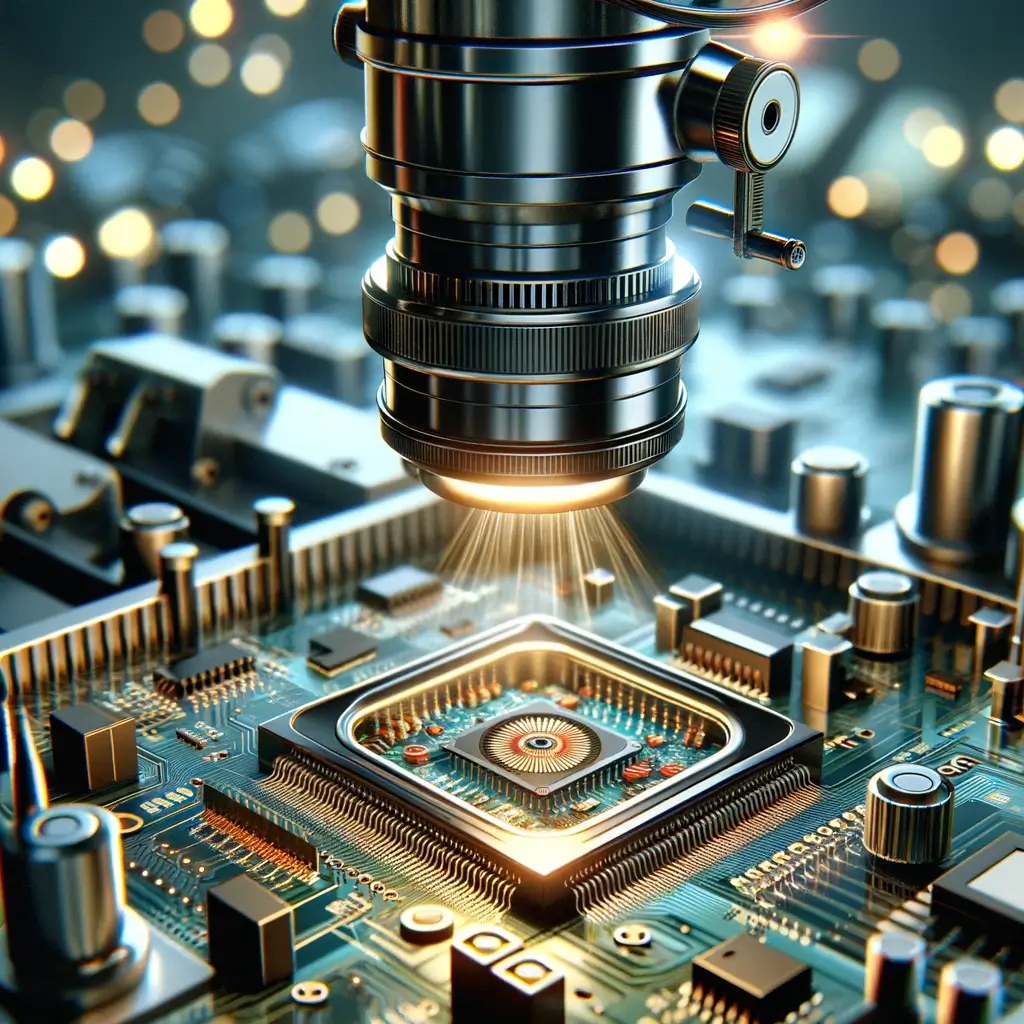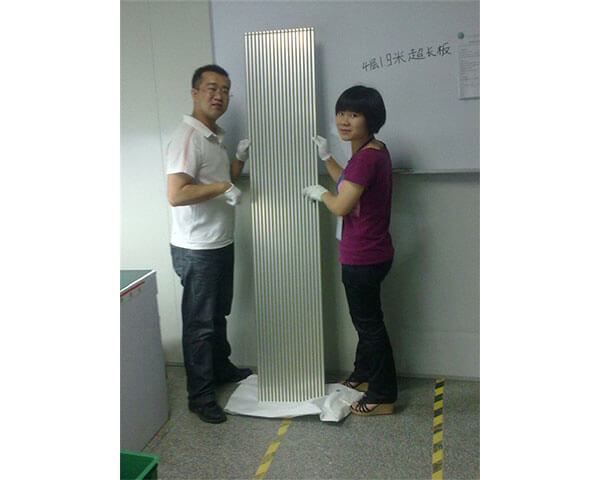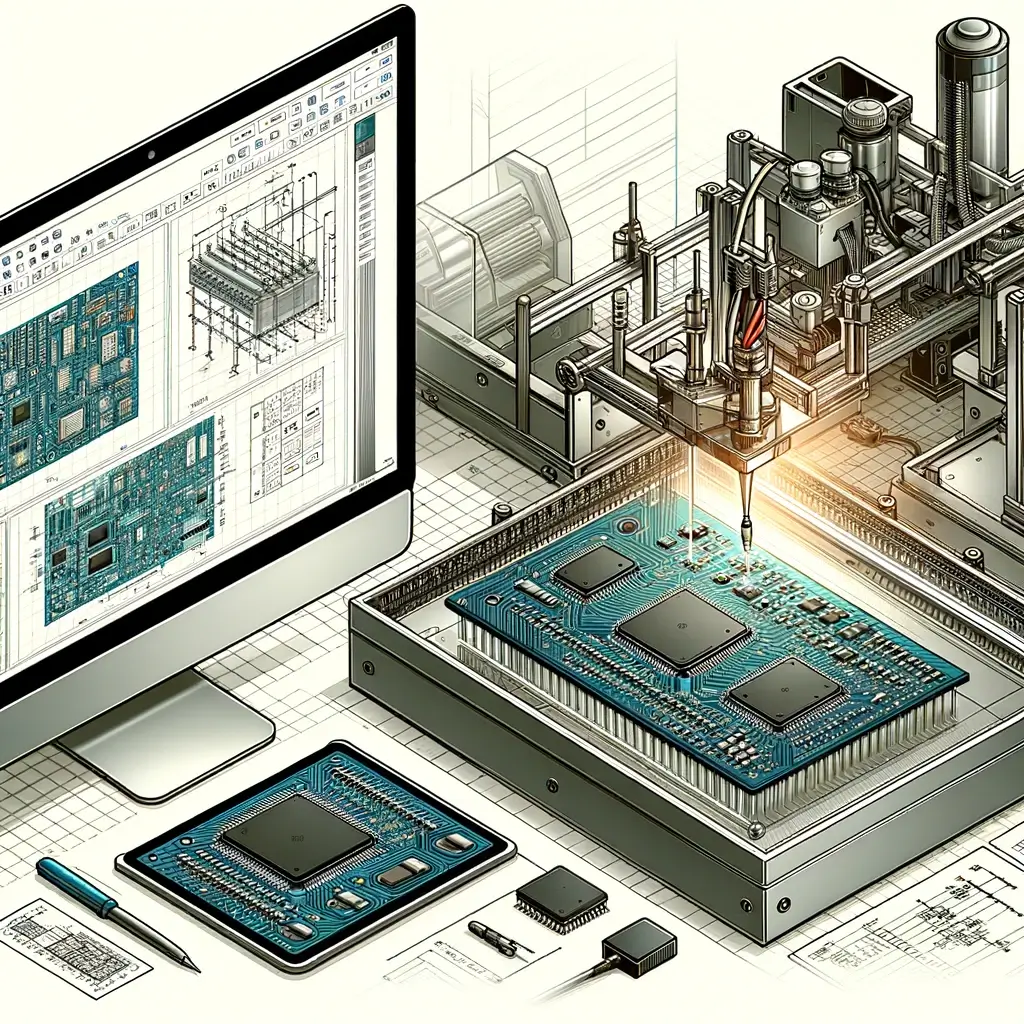Some Major Differences between Surface Mounting and Through-Hole Mounting
Often known to have simplified the PCB manufacturing industry, SMT is a relatively newer and modern technique of making circuit boards. It came after through-hole method of mounting. Take a look at how PCB surface mount manufacturing is different from its predecessor.
- Surface mount has significantly helped in resolving the space issues which was common in through-hole. Now PCB makers are able to mount dense components on a smaller surface, making the product more compact.
- Pin count in SMT products is more in comparison with its through-hole counterparts.
- Components in surface mounting are lead less and so engineers can directly mount them over board surface. Previous, components had lead wires which needed drilling of holes for insertion.
- Previously components were bigger and hence had lower component density. SMT has more packing density and allows mounting on both sides.
- Surface mounting has made those applications possible that were earlier impossible via through-hole method.
With the help of surface mount production, electronic businesses are not able to achieve higher circuit speed because of reduced board size. This serves one of the major purposes required in marketing of electronic product, which is delivering high speed and small sized products.



